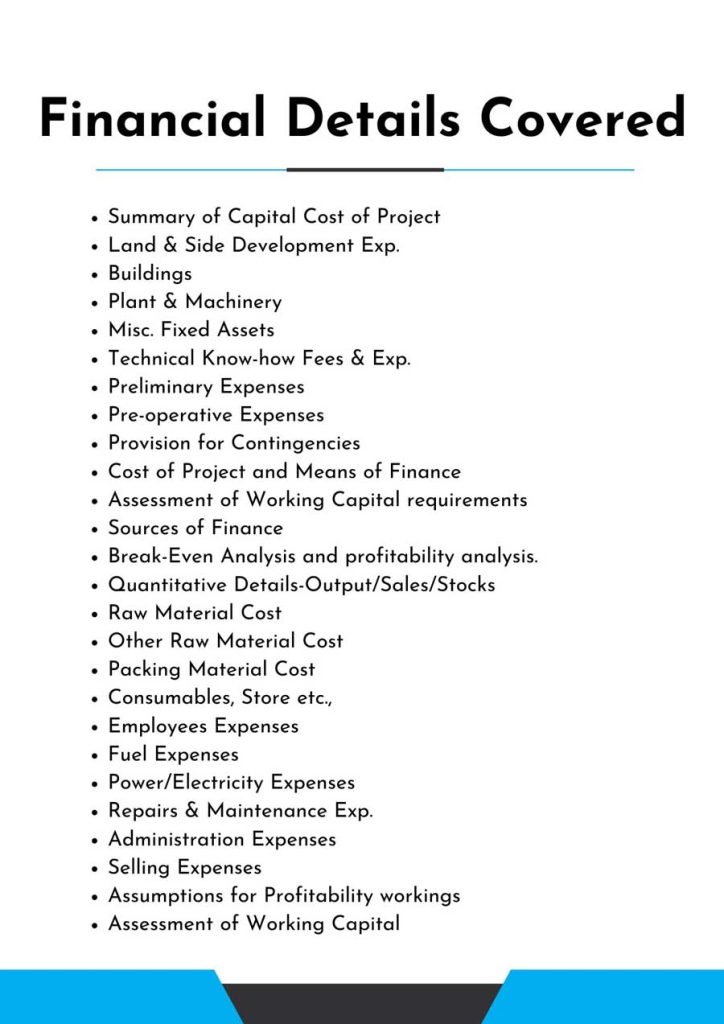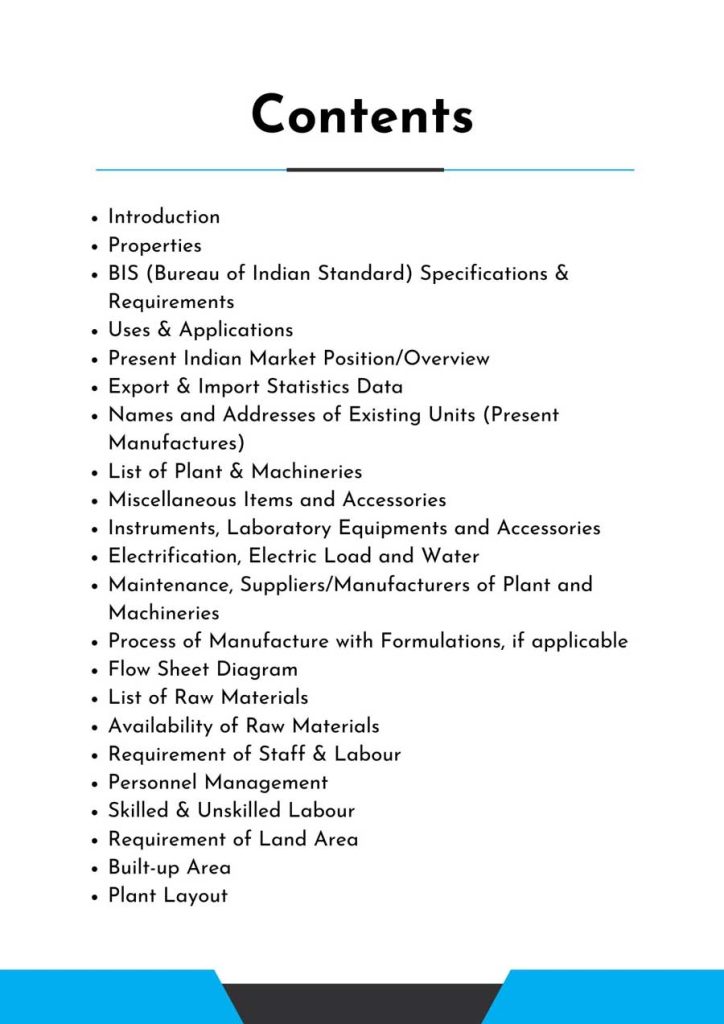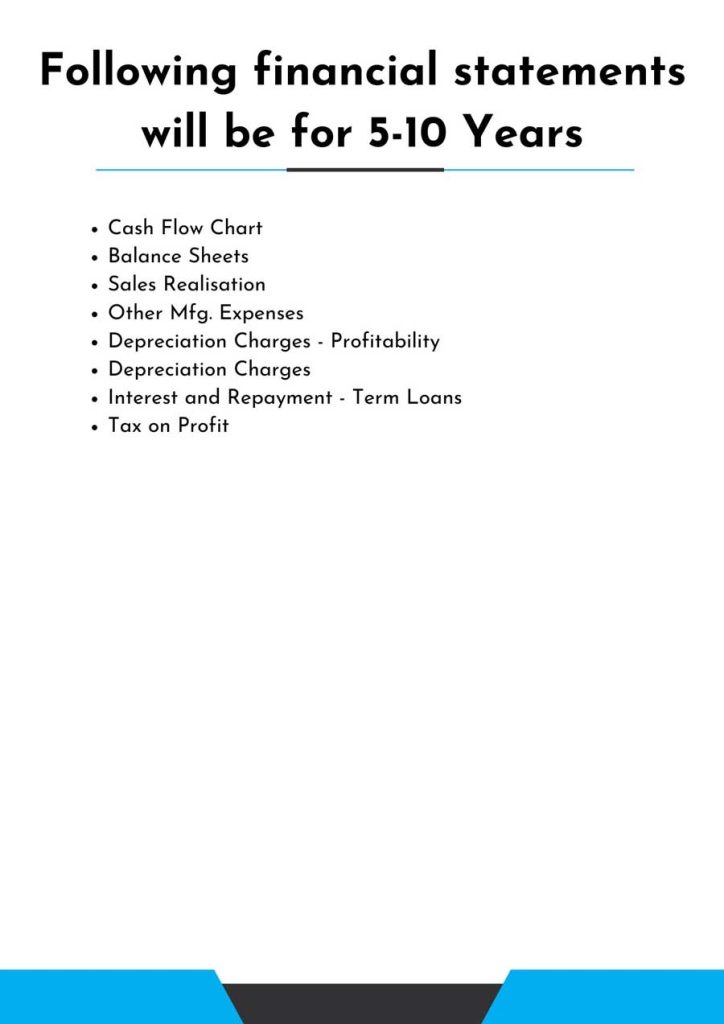Feasibility Report On
Petroleum Oil Manufacturing
Petroleum Oil Manufacturing is a process of encompassing extraction, refining, and distribution of cruide Oil. It explores the technological advancements, environmental considerations, and economic impacts that shape the industry. A comprehensive analysis shedding light on this critical global resource.
Introduction
Feasibility Report For Petroleum Oil Manufacturing.
Petroleum is an oily, combustible liquid that naturally occurs in deposits, usually below the earth’s surface. It is also known as crude oil. It mostly consists of a mixture of hydrocarbons with traces of other sulfurous and nitrogenous chemicals.
Only after being refined into petroleum products is crude oil one of the most precious commodities in the world. Crude oil refining adds commercial value to the crude by turning it into a variety of marketable products, making it a crucial transformation stage in the Midstream Sector of the oil and gas value chain. Although almost every nation depends on oil, not every nation also produces it. Saudi Arabia, Russia, the United States, Iran, and China are the top five oil-producing nations.
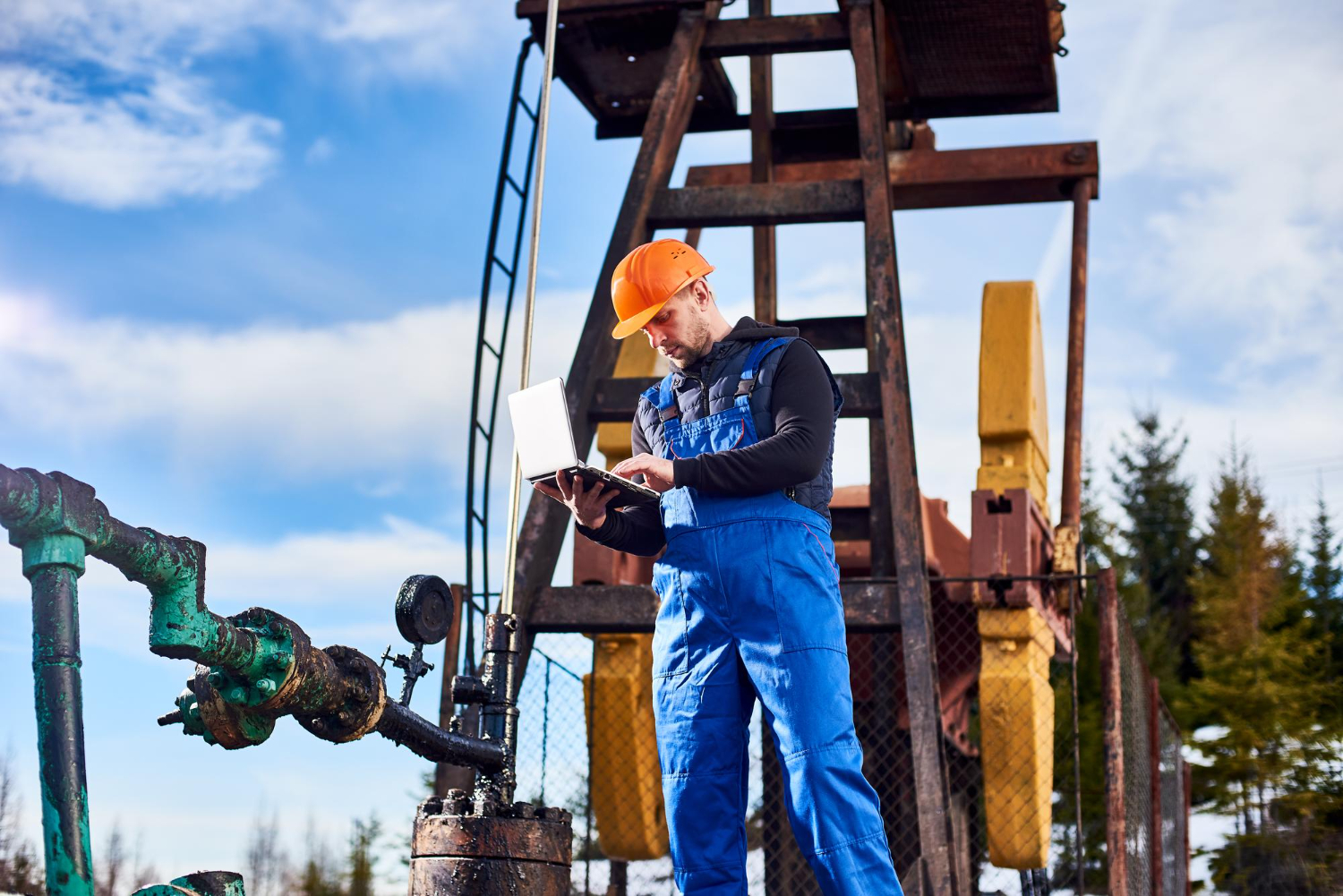
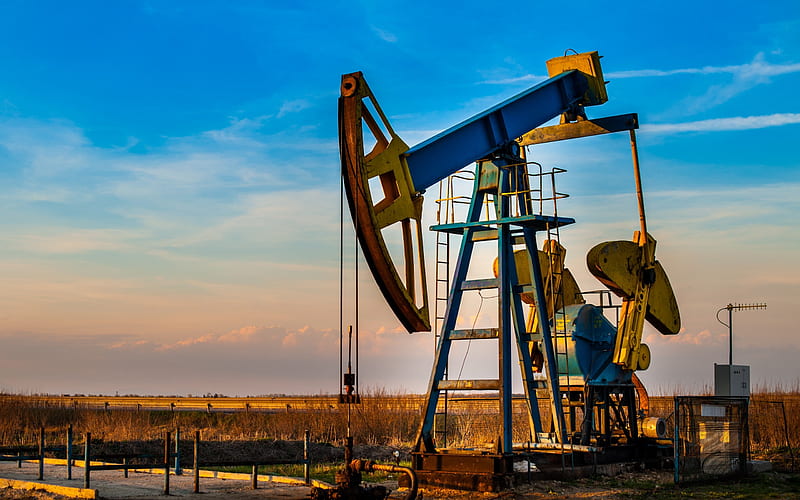
It’s crucial to remember that crude oil extraction from oil reservoirs is referred to in this context as “production.” The United States, China, Japan, Russia, and Germany are the top five oil-consuming nations. Crude oil differs from one location to another in terms of its physical characteristics and precise chemical composition.
Petroleum is made up of a variety of hydrocarbons, including dissolved natural gas, gasoline, benzene, naphtha, kerosene, diesel fuel, light heating oils, heavy heating oils, and lastly several types of tars. Chemical Structure: Carbon content: 83.0–87.0% 10.0–14% of hydrogen 0.05 to 6.0% of sulfur 1 to 2 percent nitrogen from 0.5% to 1.5% oxygen Metals from 0% to 0.14%
Feasibility Report Sample On Petroleum Oil Manufacturing
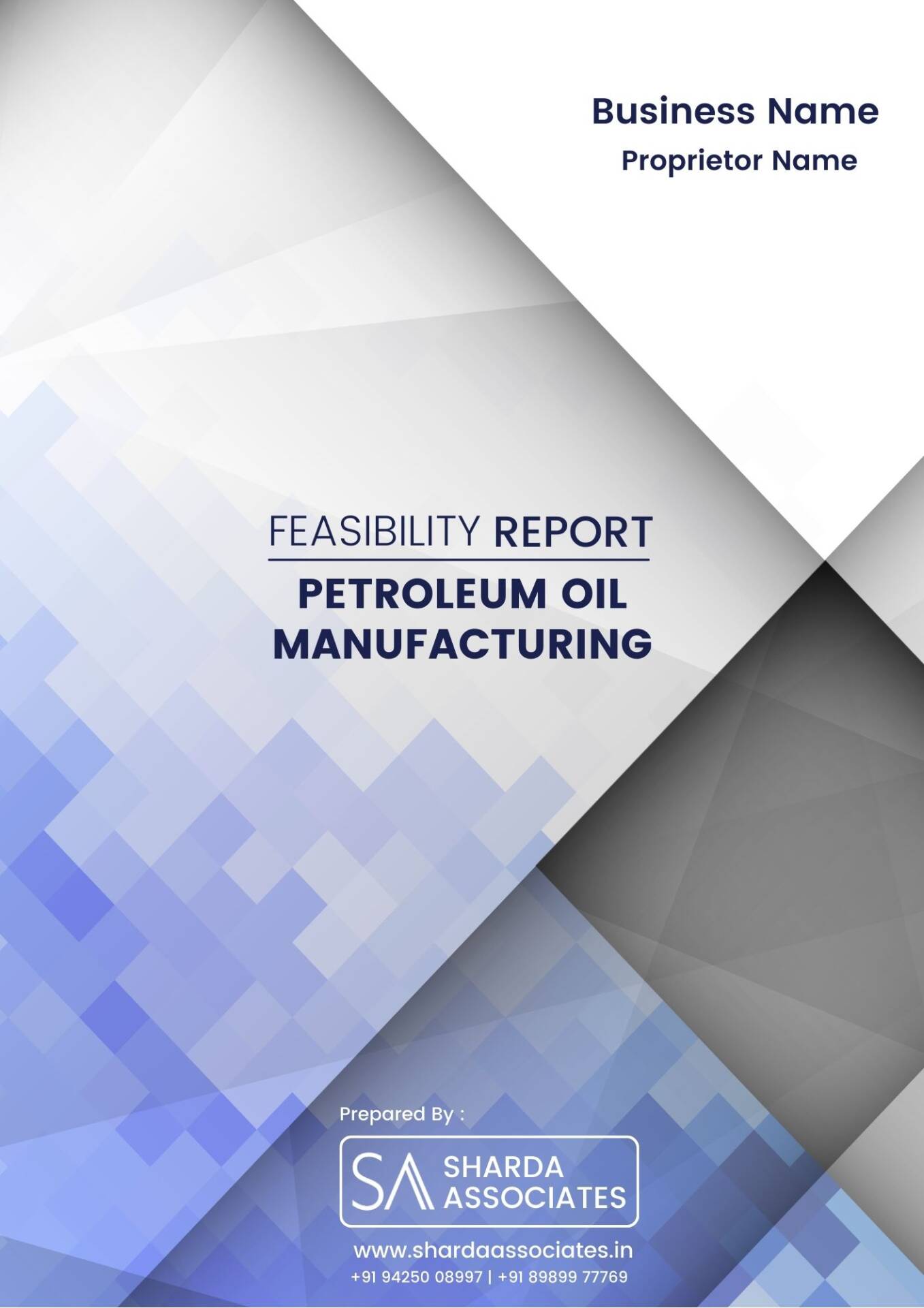


Market Strategy of Petroleum Oil Manufacturing
In 2021, the size of the global oil and gas fabrication market was estimated at USD 4.86 billion. The market is anticipated to expand by 4.7% CAGR from 2022 to 2029, rising from USD 5.03 billion in 2022 to USD 6.93 billion in 2029.
Numerous applications in the petroleum and petrochemical sectors depend on production. Almost all machinery and infrastructure are put together using oil & gas fabrication. The petroleum and natural gas business has a complicated infrastructure. A massive structure with equipment for drilling wells, extracting and processing oil and natural gas is called an oil rig or platform. Oil platforms use a variety of structural steel section types.and standards, particularly CO2 emissions. Welding electrodes optimize the welding technique, eliminate waste, and increase production and efficiency at all levels.
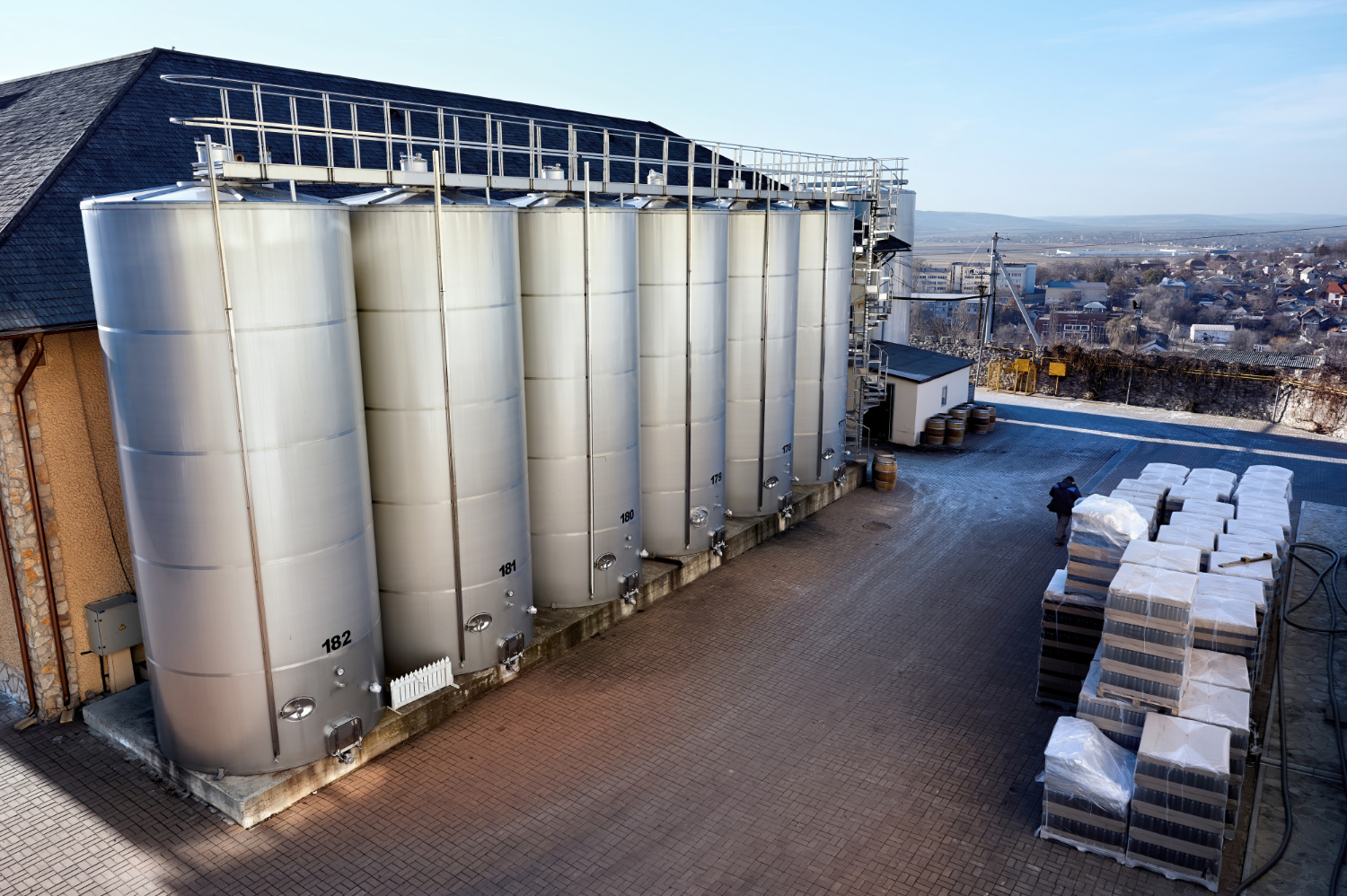
The welding industry is currently facing issues since engineers and welders executing welding activities on the factory floor have been educated on various welding precautions and discipline, but rarely on how to carry out these operations. Furthermore, welders and engineers typically learn to weld and perform their abilities while completing welding operations, rather than through apprentices or recognized welder training. Accidents are more likely to occur in this scenario because the user is unaware of aspects such as the time required to heat the metals, the supply of required current, and others.
